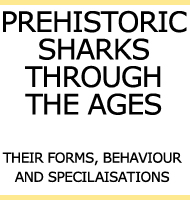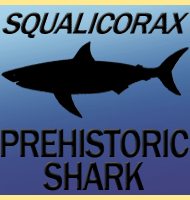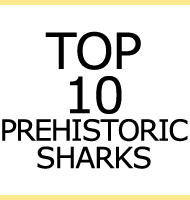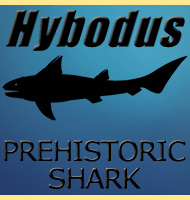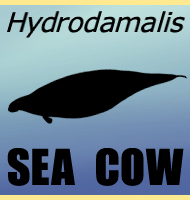


Palaeocarcharodon
Name:
Palaeocarcharodon
(Ancient jagged tooth).
Phonetic: Pay-lee-oh-car-ka-rah-don.
Named By: Casieer - 1960.
Classification: Chordata, Chondrichthyes,
Elasmobranchii, Lamniformes.
Species: C. oreintalis.
Diet: Carnivore.
Size: Uncertain.
Known locations: Oceans worldwide, particularly
well-known from fossil deposits in the Northern hemisphere.
Time period: Throughout the Paleocene.
Fossil representation: Teeth.
Palaeocarcharodon
seems to have been one of the principal shark genera that appeared in
the oceans after the Cretaceous that were now devoid of large marine
reptiles. Palaeocarcharodon is often considered
to be related to the
large Cretaceous shark Cretoxyrhina,
however it is the relationship
to Carcharodon carcharias (the great white
shark) and the giant C.
megalodon that interests most researchers.
There
is on-going debate as to whether C. megalodon
should be placed
within the Carcharodon genus with the great white,
or within the
Carcharocles with the other ‘megatoothed sharks’
such as C.
auriculatus, C.
chubutensis and C.
angustidens (there is also
debate as to whether these sharks belong within Carcharodon
as
well). C. megalodon and Carcharodon
carcharias both have
distinctive tooth serrations that are very similar to the serrations of
Palaeocarcharodon, an observation which leads some
to consider
Palaeocarcharodon a possible ancestor to these two
sharks. However
Palaeocarcharodon also has two cusps, smaller
points that lie at the
base of the main tooth and both C. megalodon and Carcharodon
carcharias lack these cusps in their teeth.
The
other megatoothed sharks while lacking the serration pattern of
Palaeocarcharodon, do have cusps similar to the
general
Palaeocarcharodon tooth form. To further
complicate matters however,
another large shark named Otodus
is also seen as a potential ancestor
to the megatoothed sharks since its teeth have a similar overall form
with cusps as well. Perhaps a better area of study would be for the
relationship between Palaeocarcharodon and Otodus
since the latter
first appeared in the Selandian stage of the Paleocene whereas the
first Palaeocarcharodon fossils are known from the
Danian. In short
either of these two genera could be ancestors of the later megatoothed
sharks usually attributed to the Carcharocles
genus, but as always it
is down to how the fossils are studied and interpreted.
If
Palaeocarcharodon is the ancestor of C.
megalodon and Carcharodon
carcharias, then the sequence would be that the tooth
serrations of
Palaeocarcharodon were lost in the immediate
descendants just for them
to reappear after the tooth cusps were lost in even later forms. A
simpler theory however is that of convergent evolution where C.
megalodon and Carcharodon carcharias
developed similar serrations to
Palaeocarcharodon simply because natural selection
favoured those with
these similar serrations over those that did not.
Despite
the confusion about how Palaeocarcharodon is
related to other shark
genera, the teeth of this shark remain popular collectors pieces on
the fossil market and are regularly offered for sale from specialist
stores as well as online sites like eBay.
Further reading
- Palaeocarcharodon orientalis (SINZOW) (Neoselachii: Cretoxyrhinidae),
from the Paleocene of Maryland - Lab. de Pal�ontologie des Vert�br�s. -
G. R. Case - 1989.
----------------------------------------------------------------------------
More marine creatures
 |
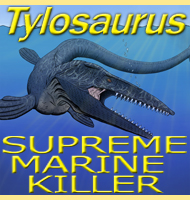 |
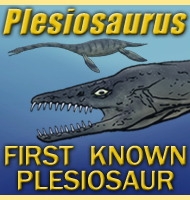 |
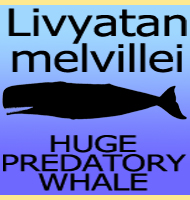 |
